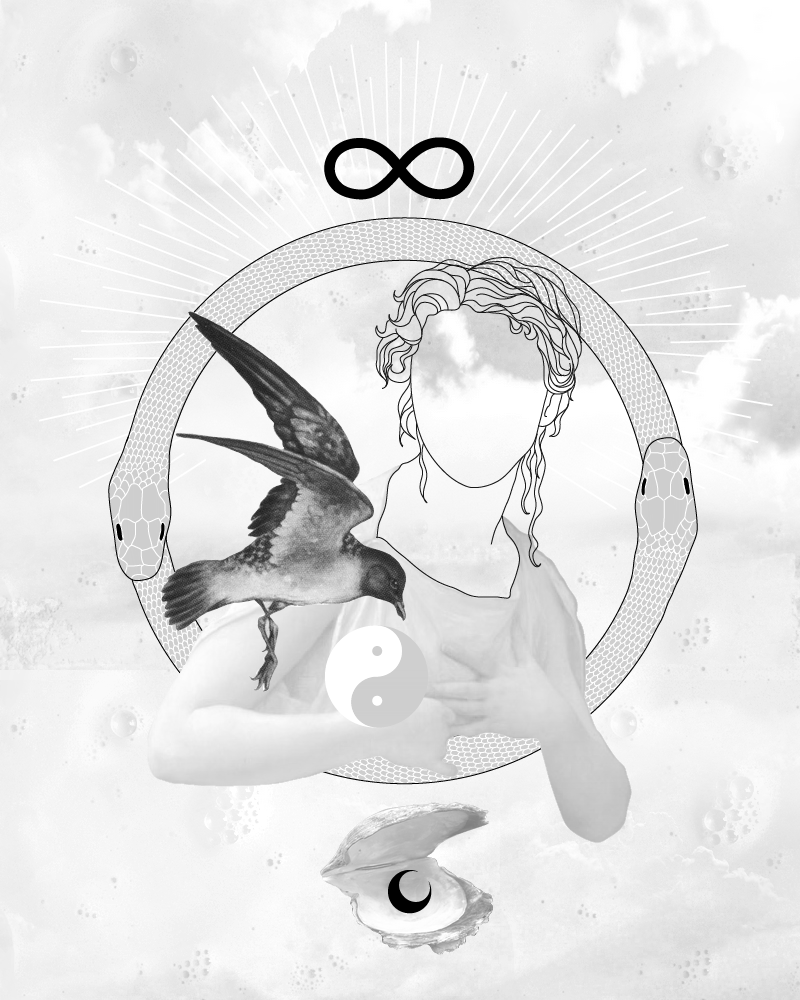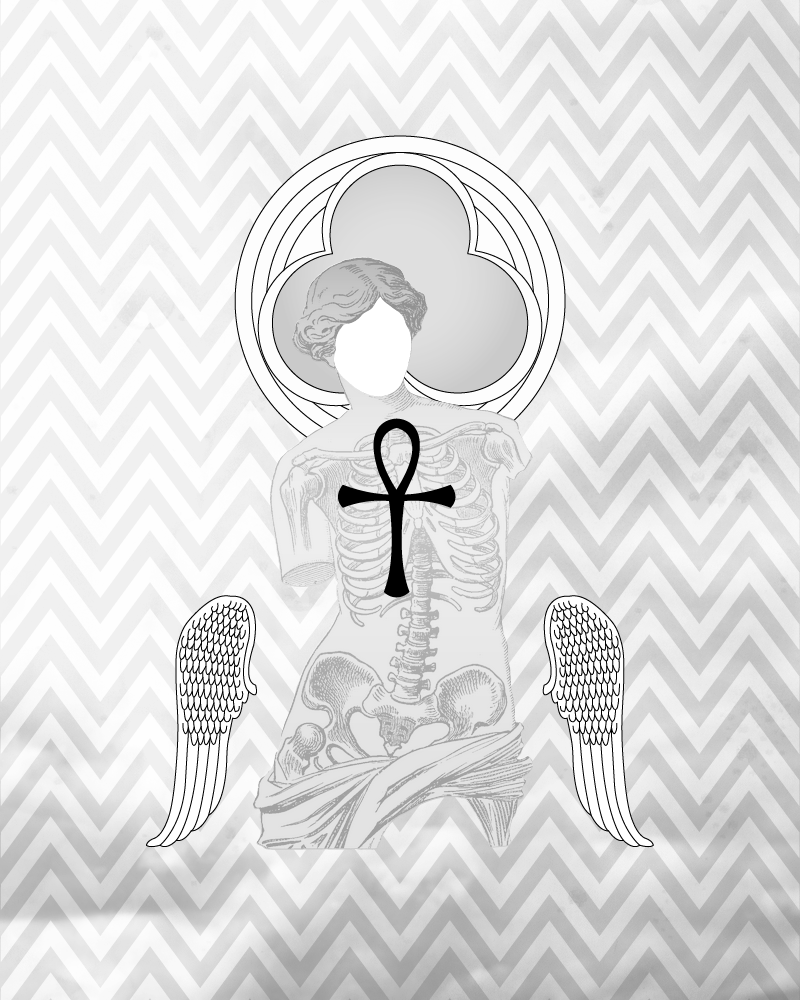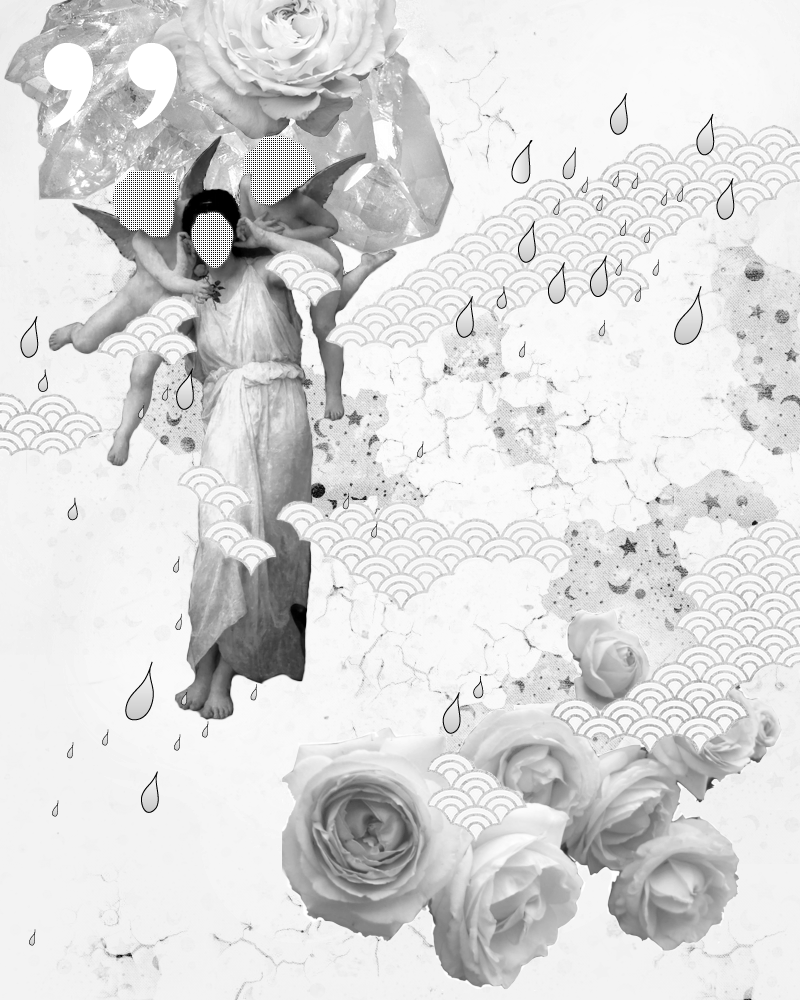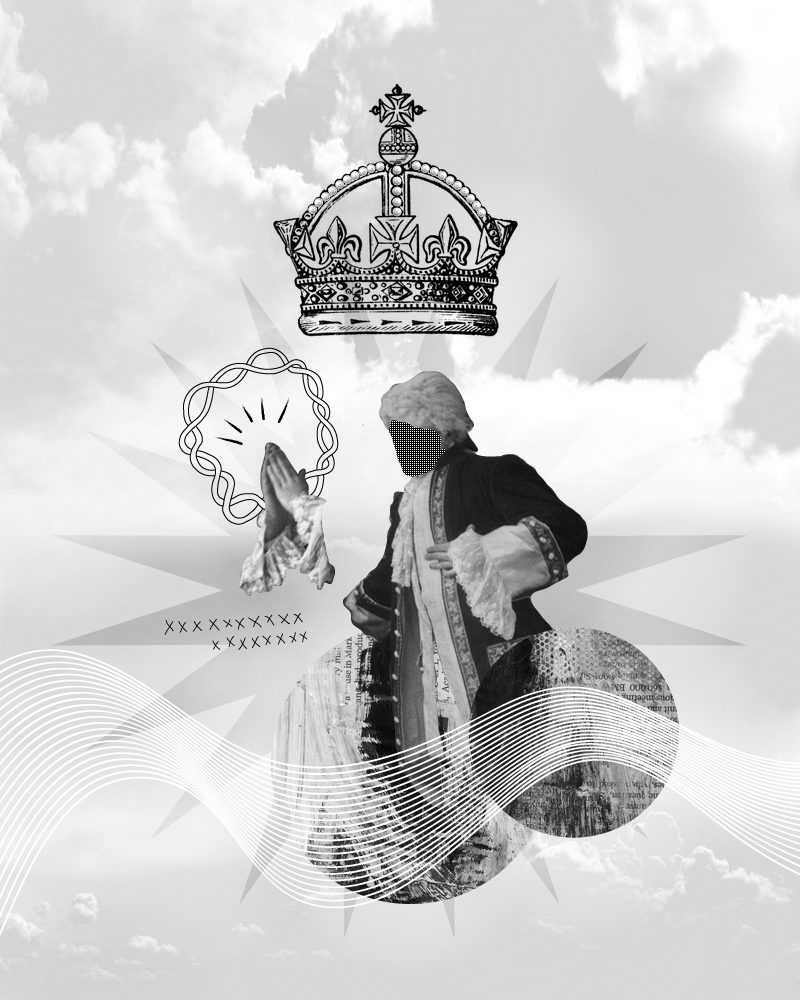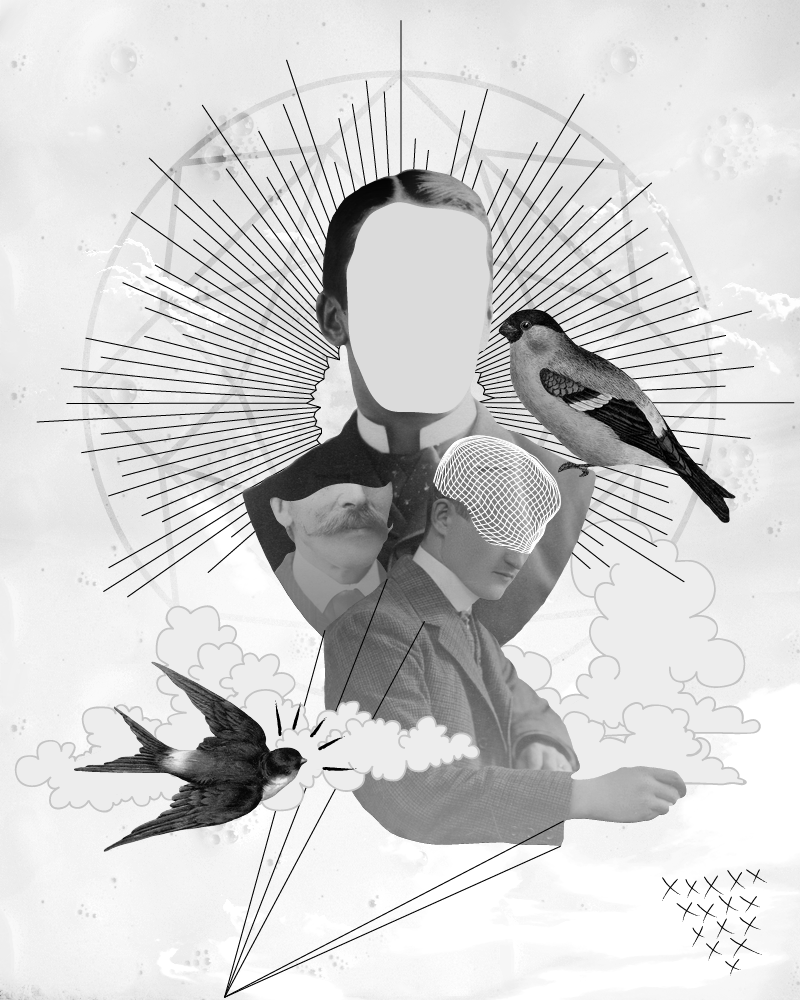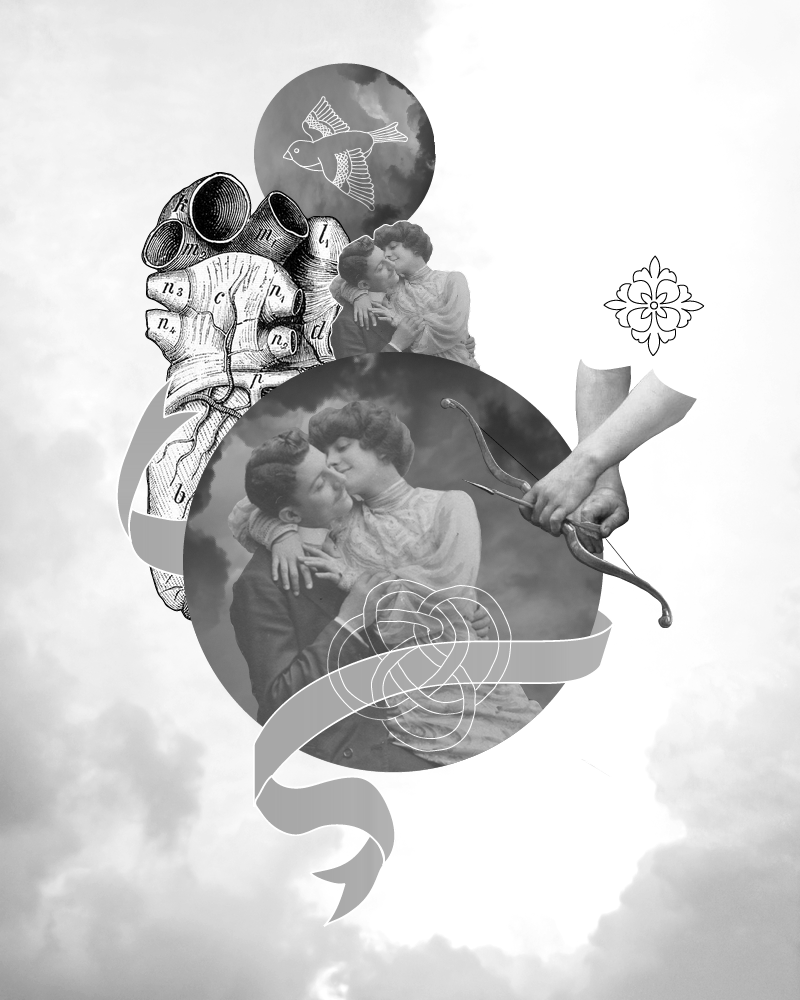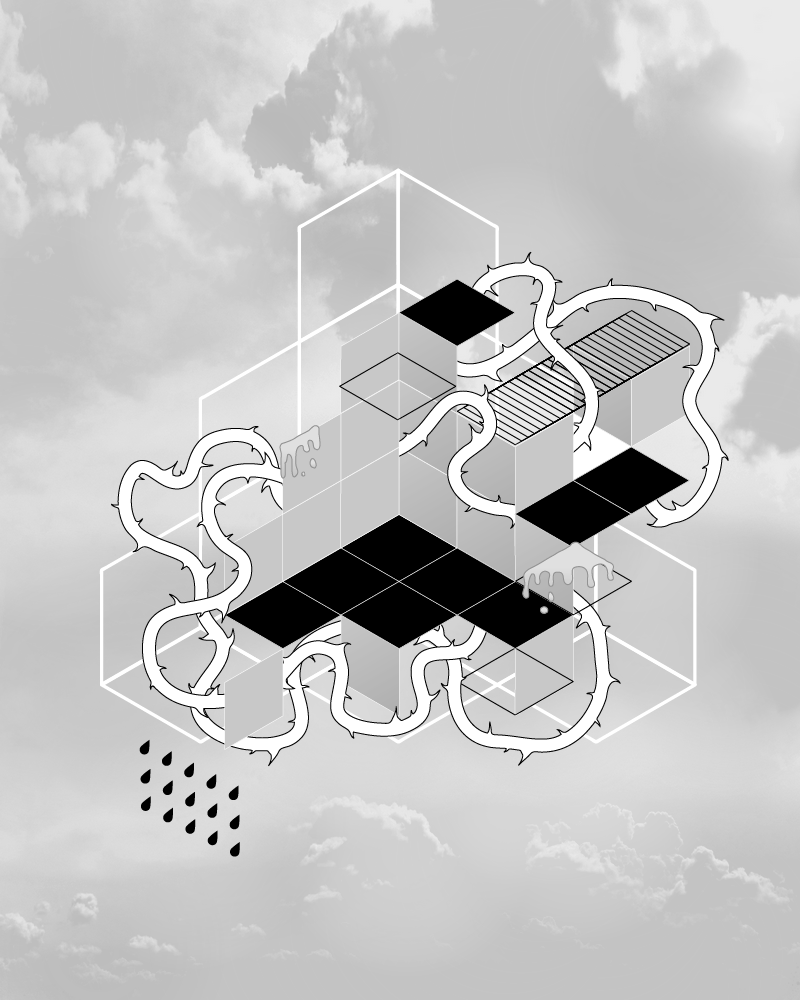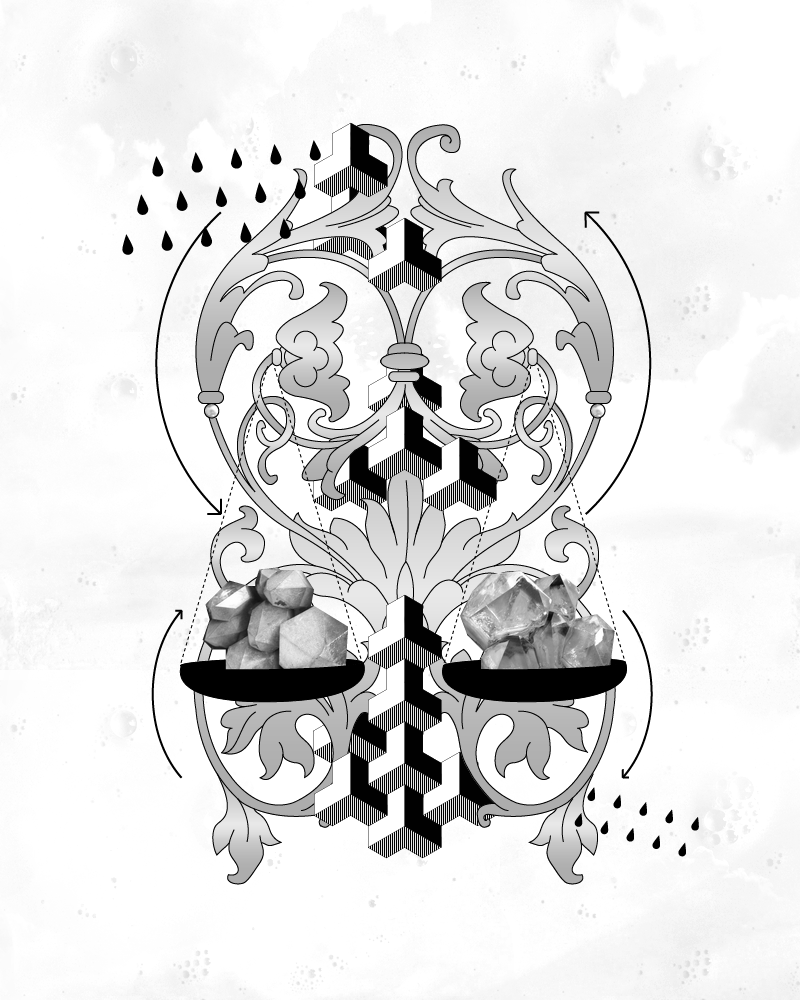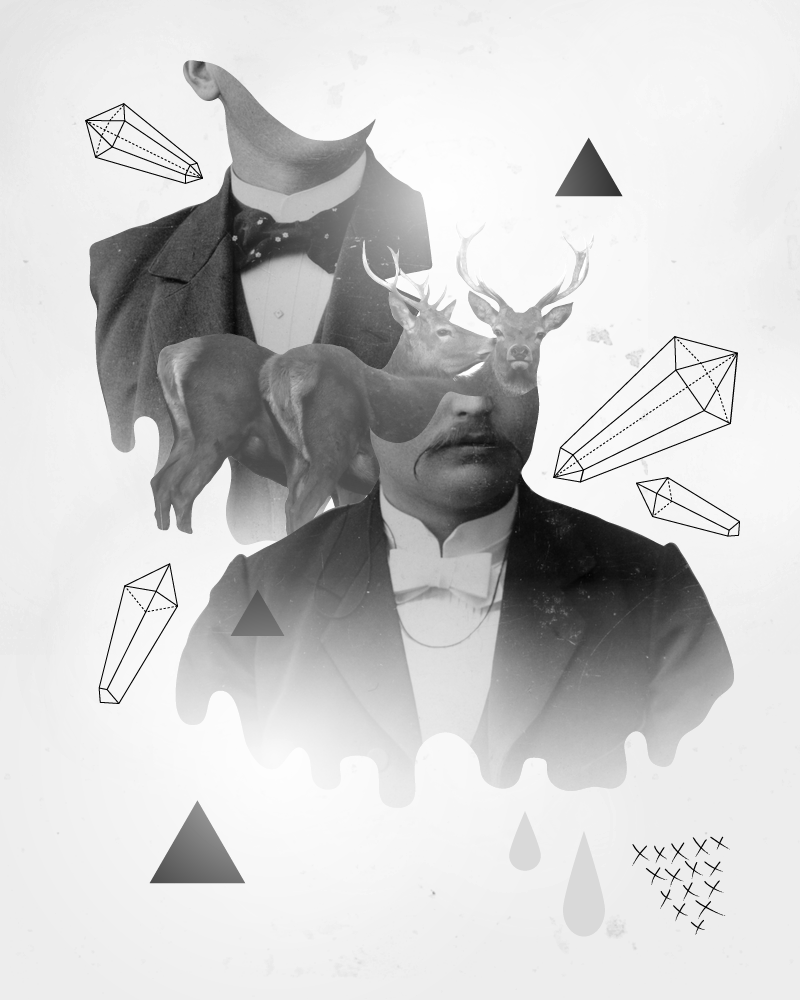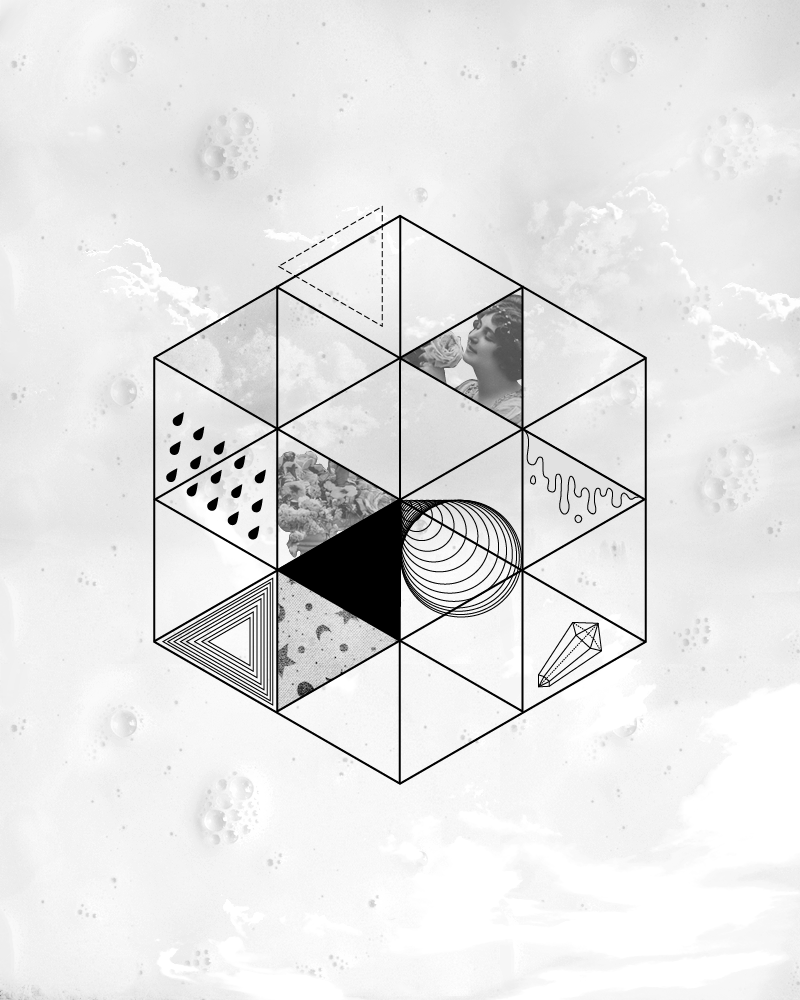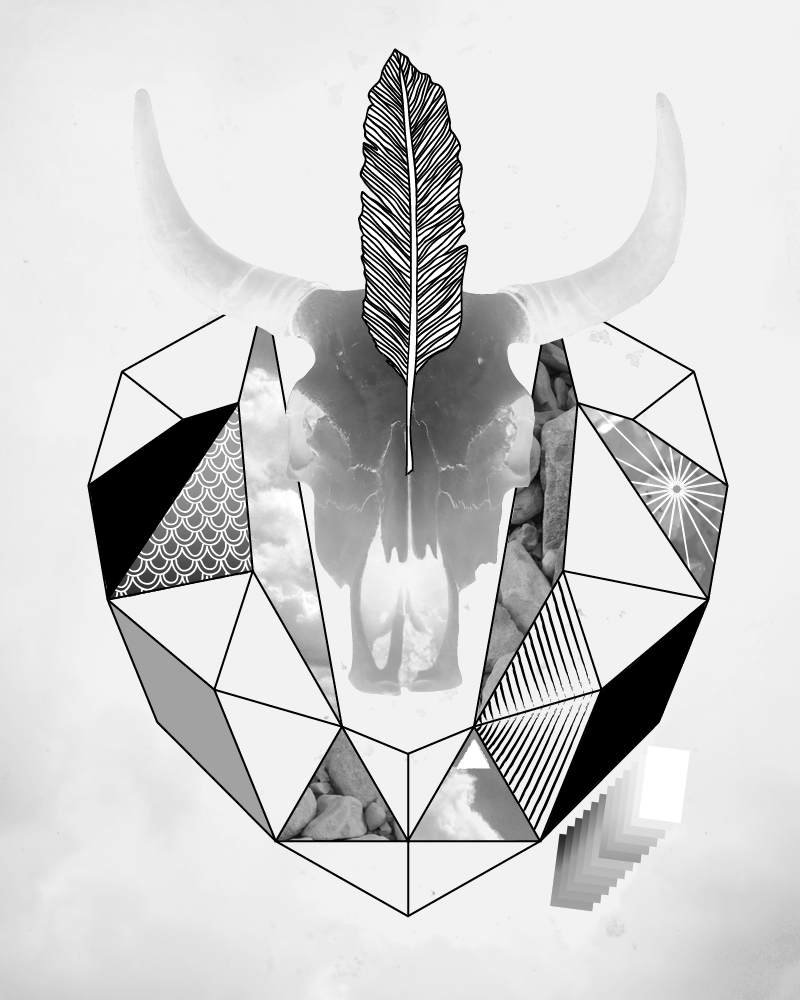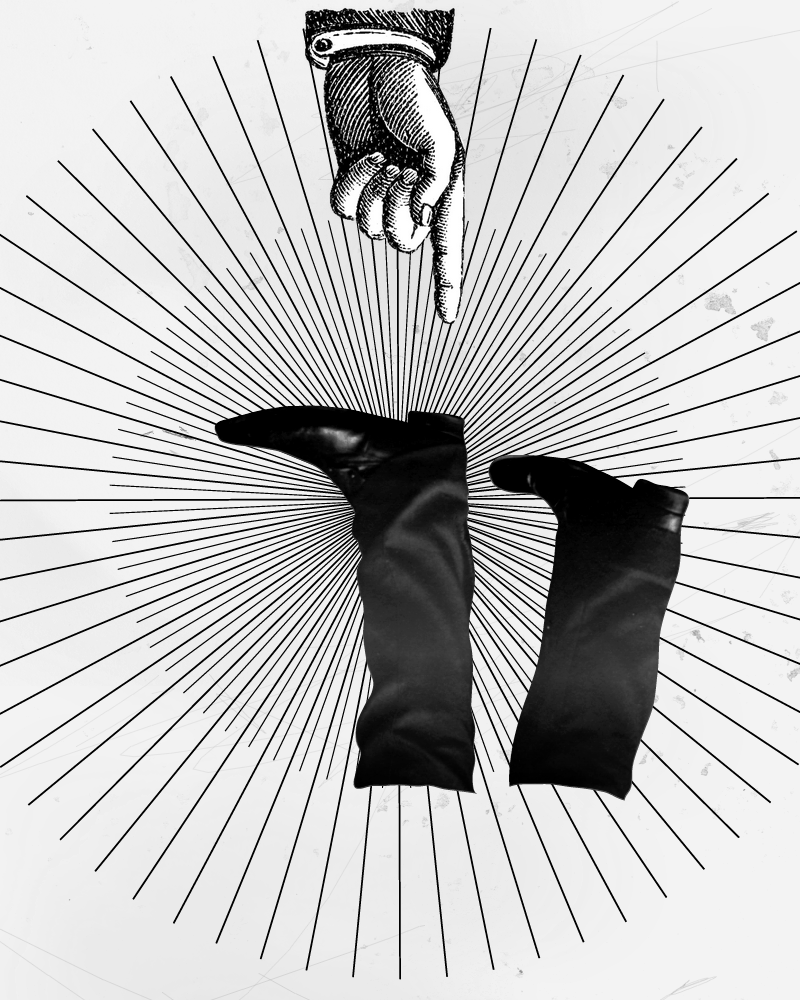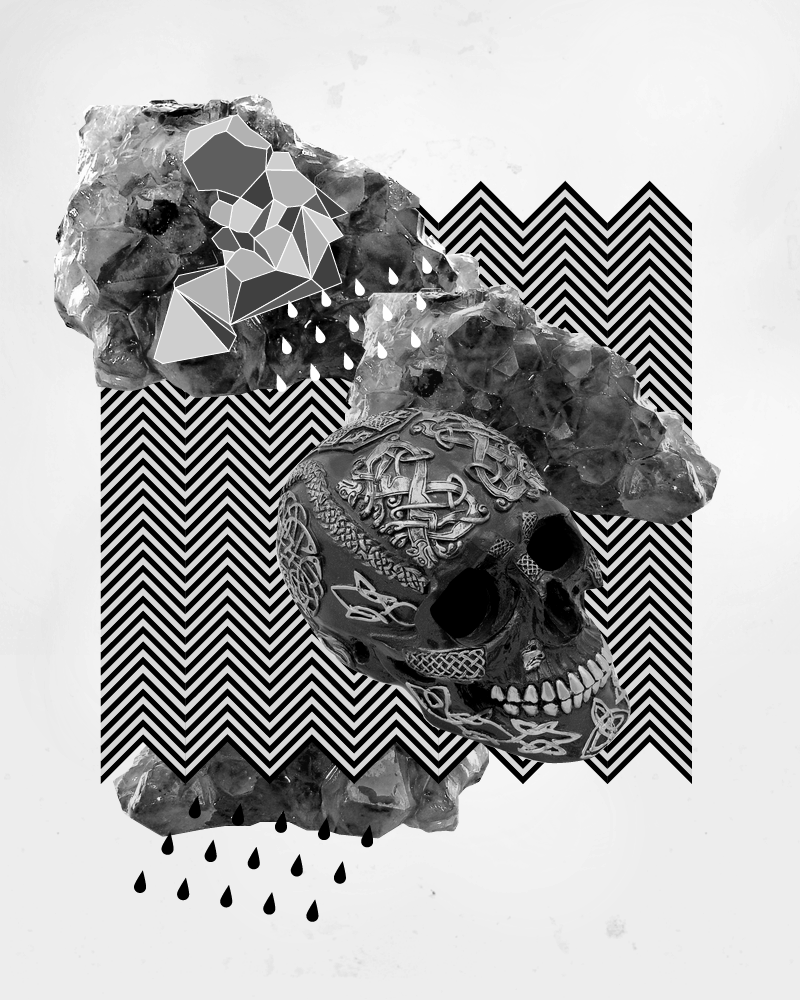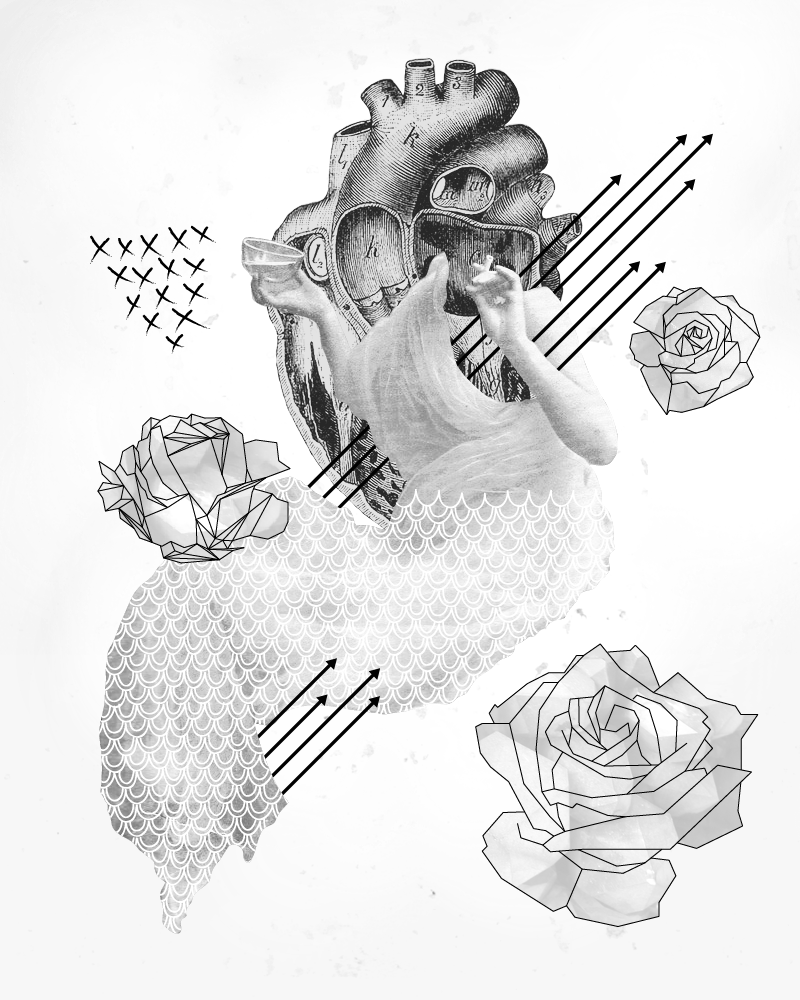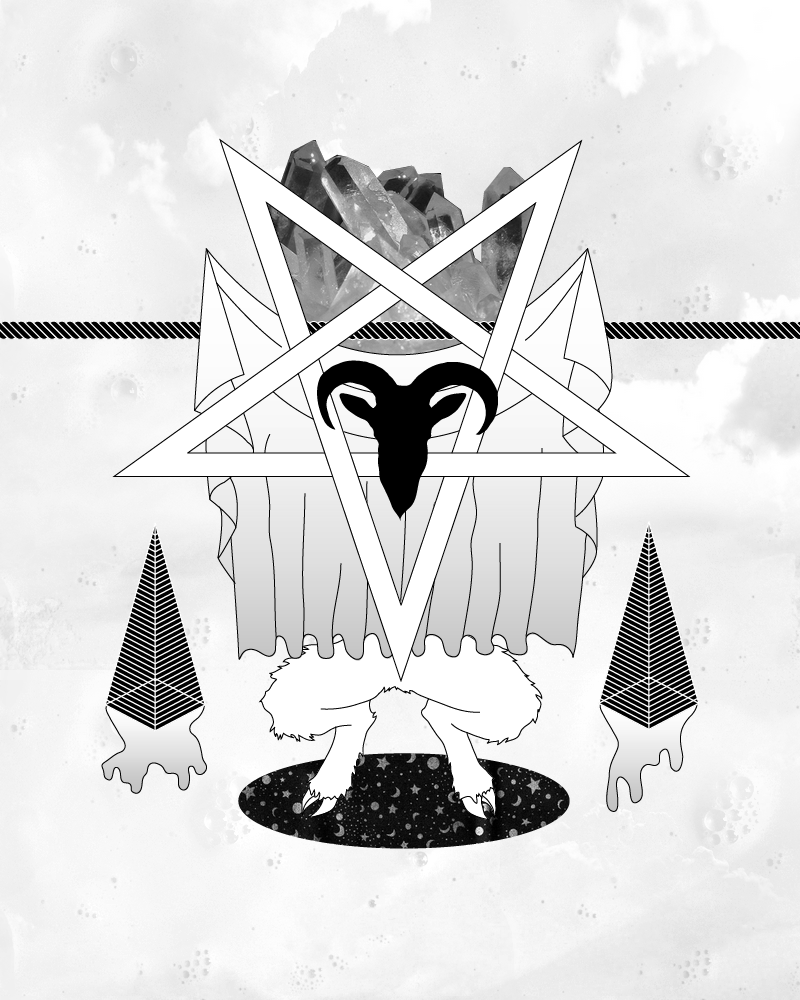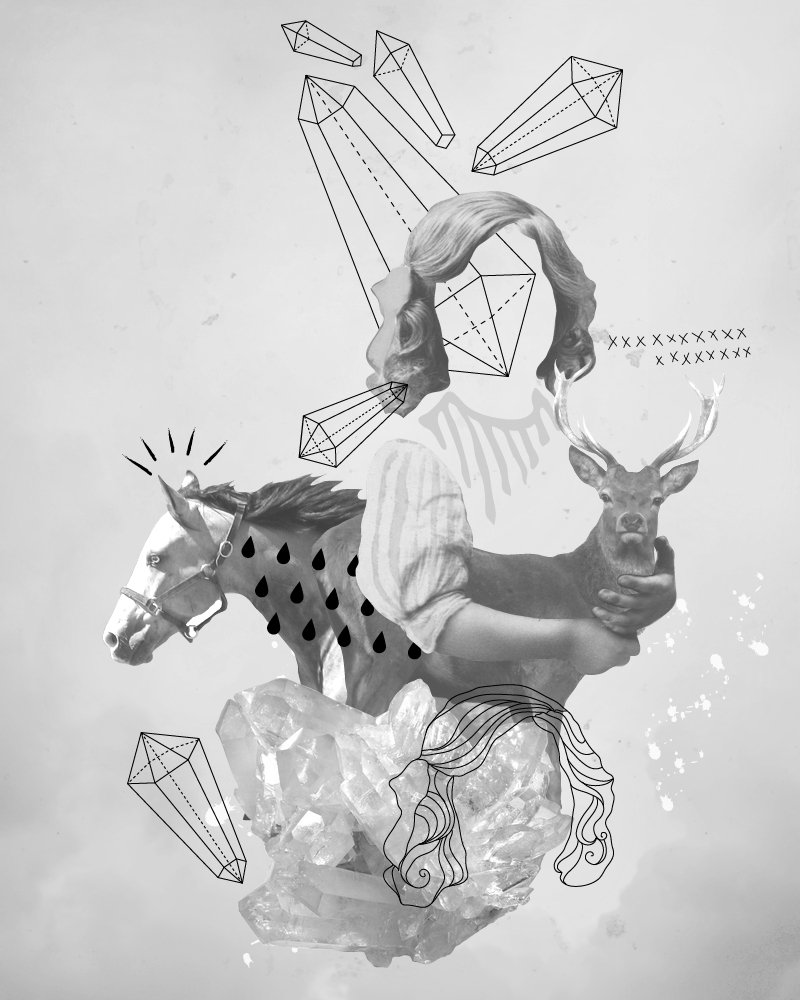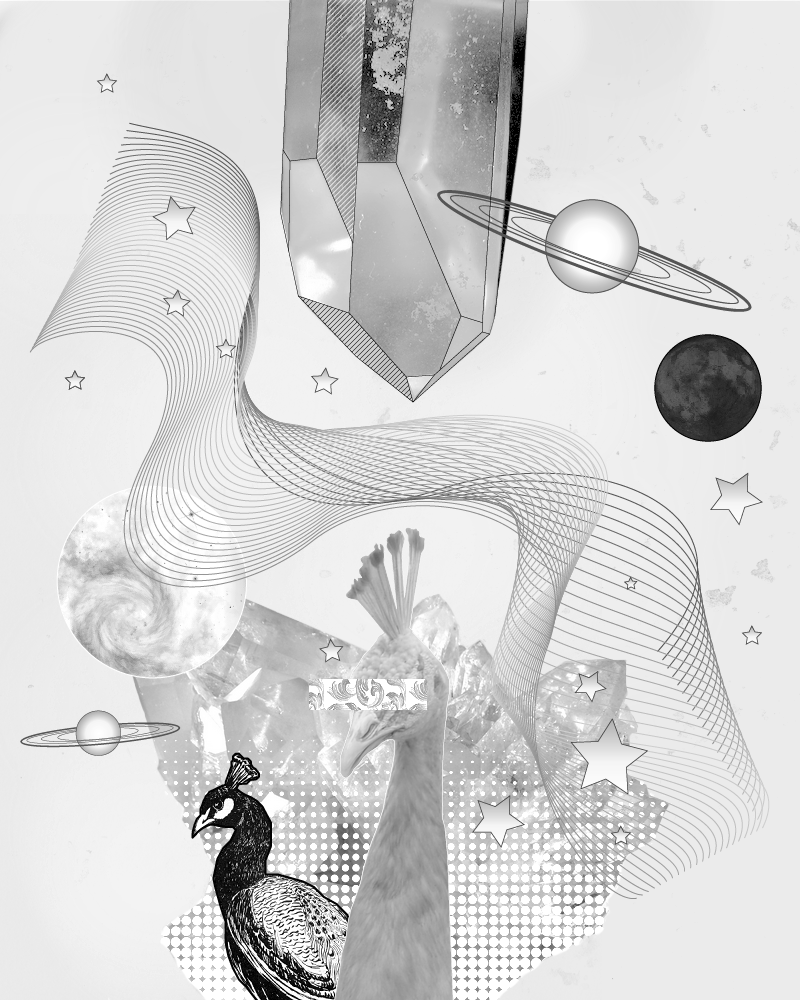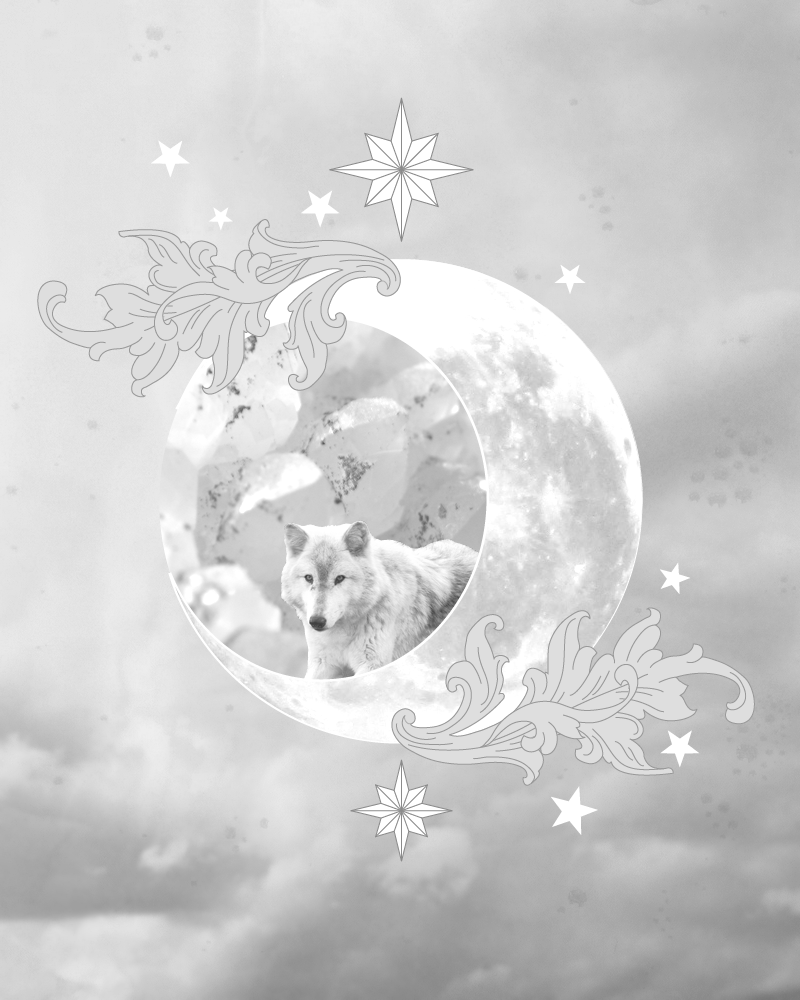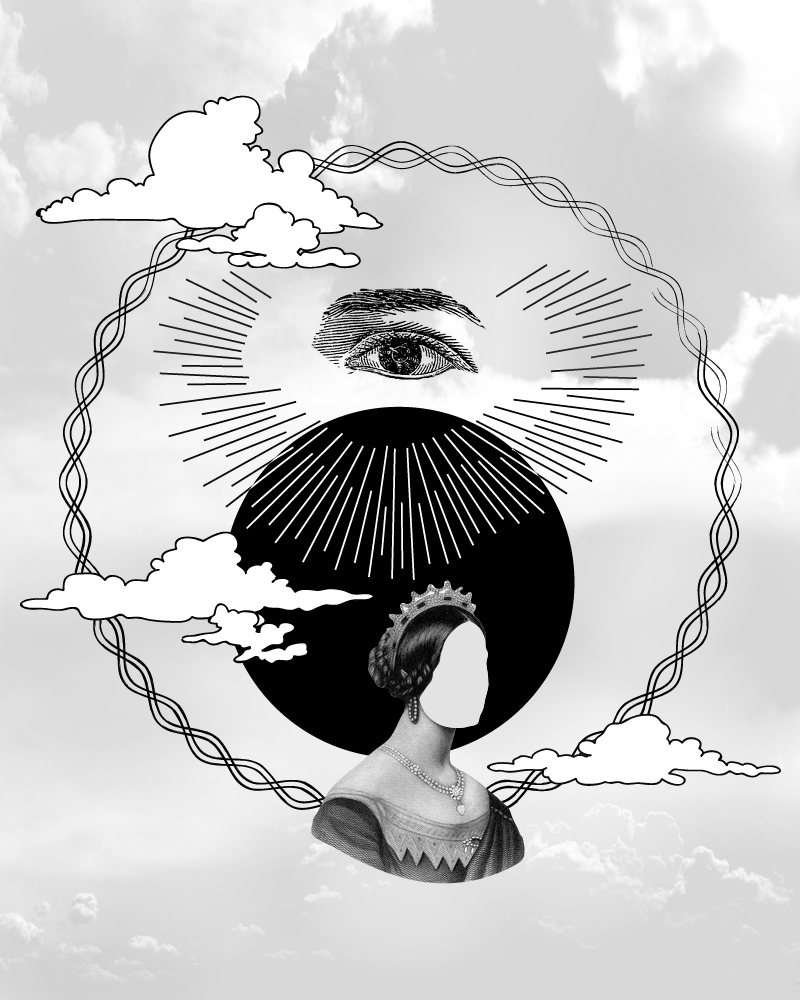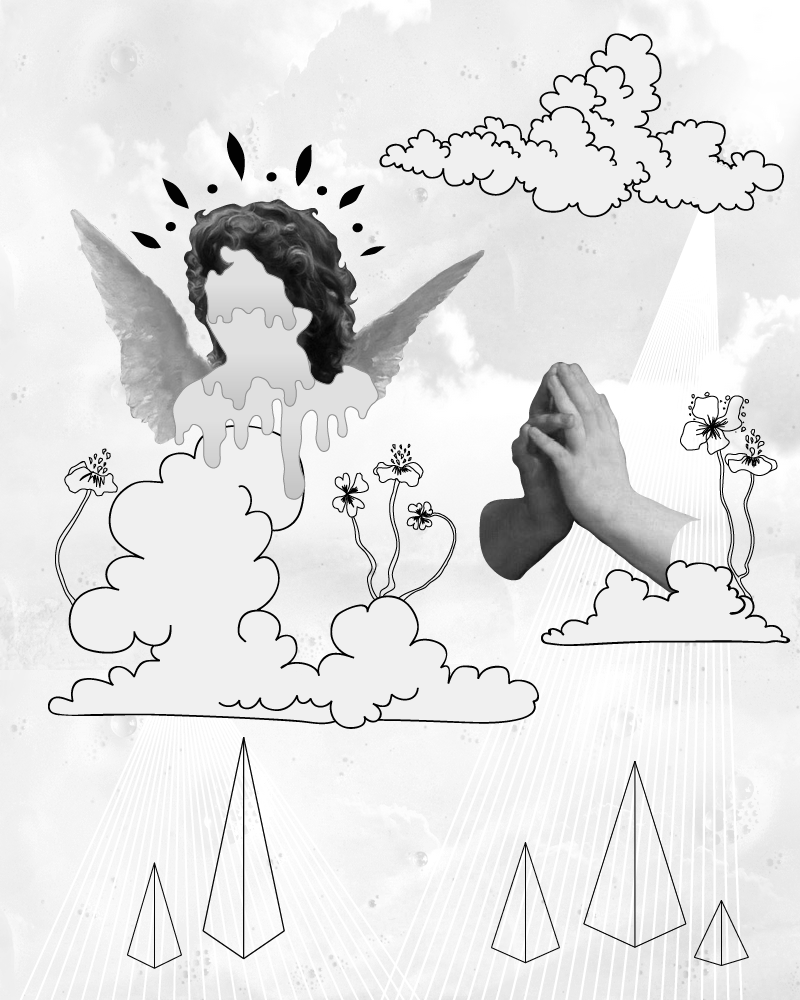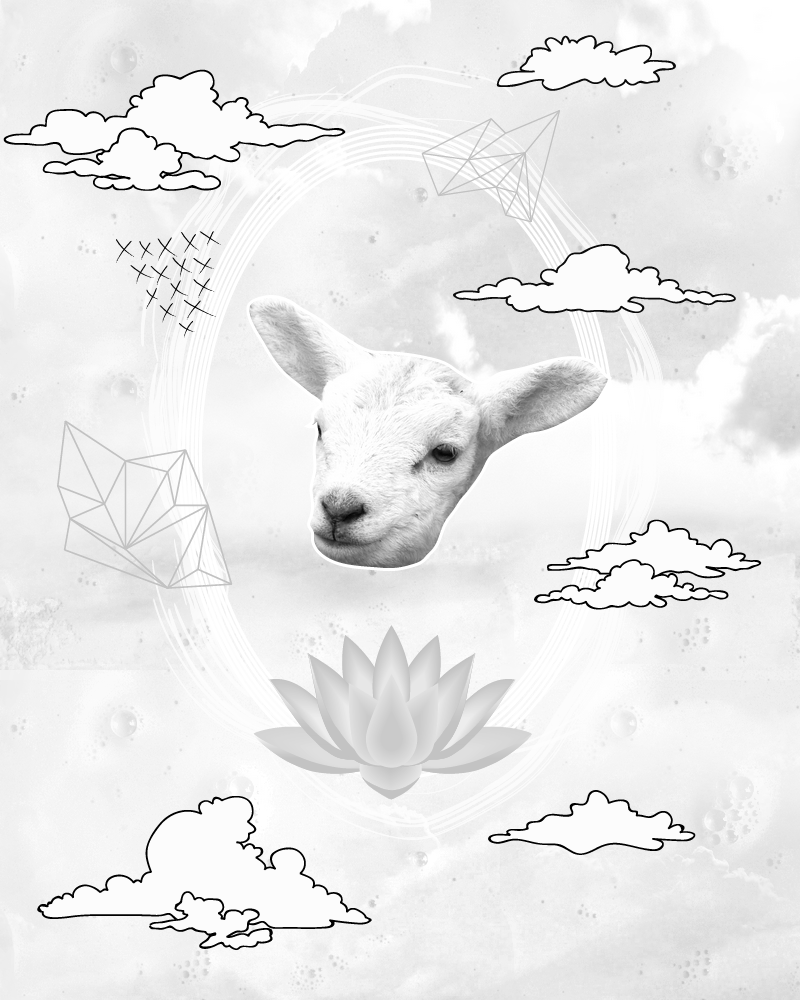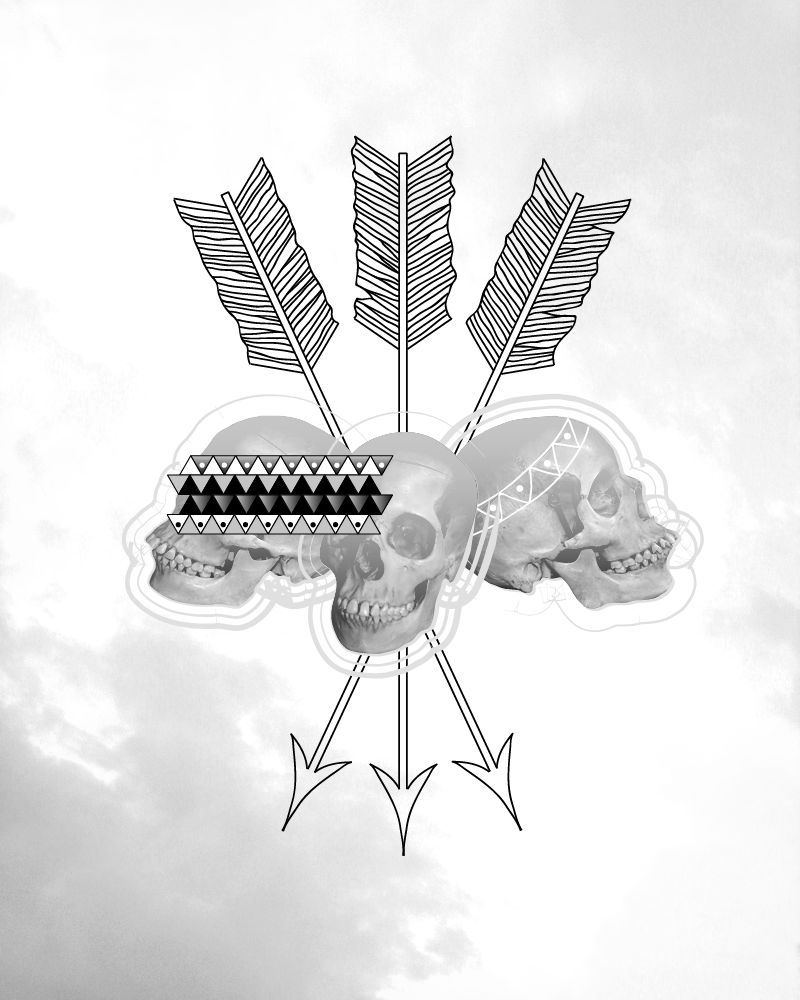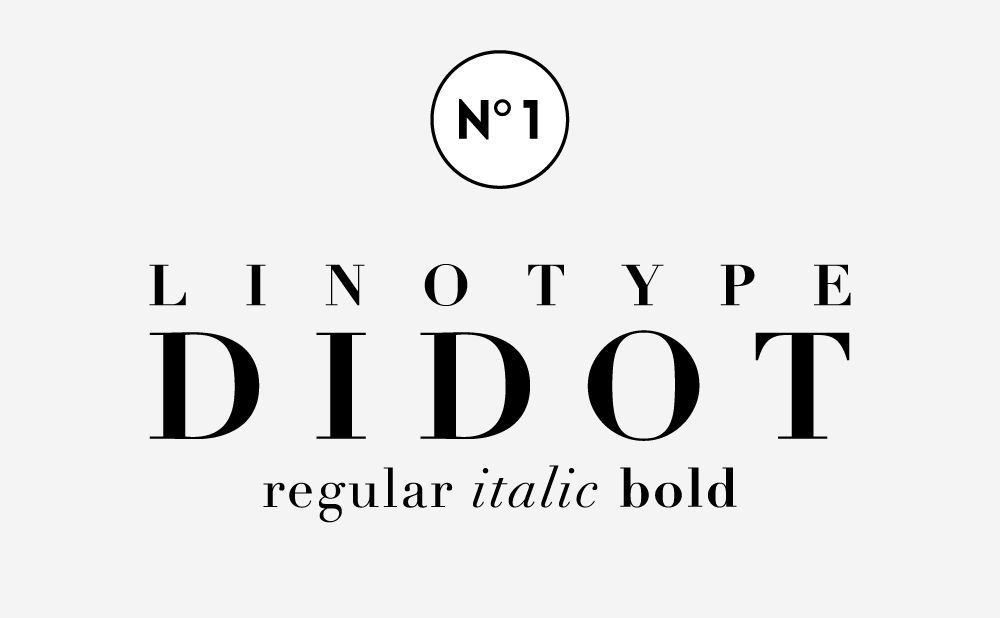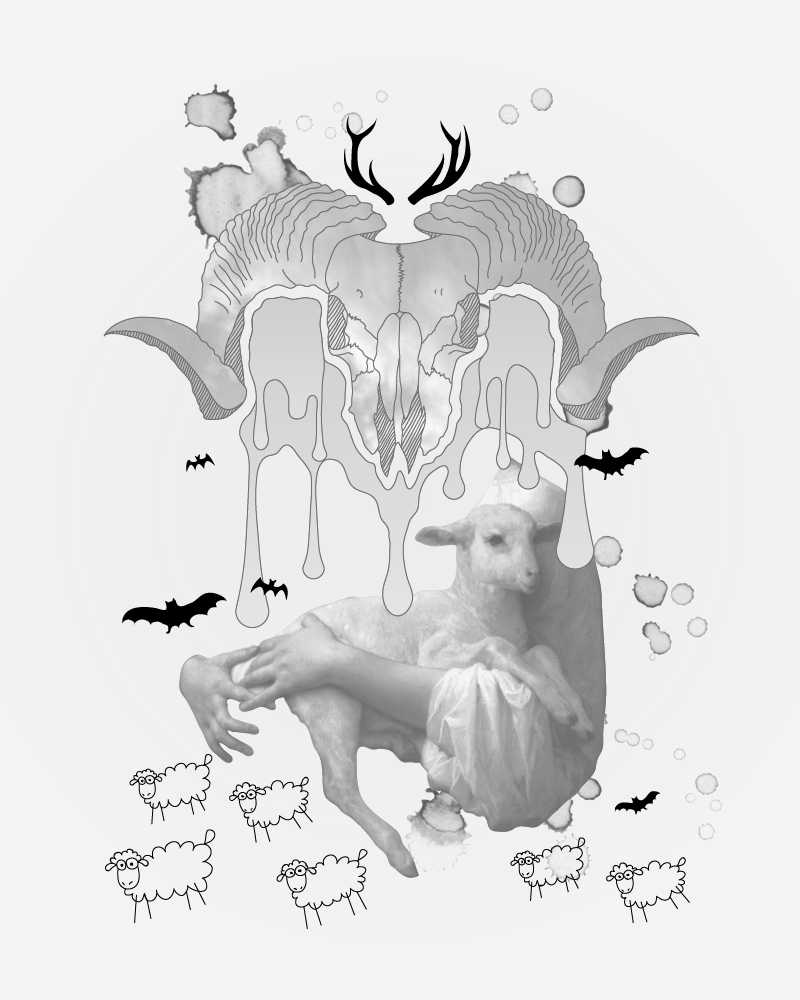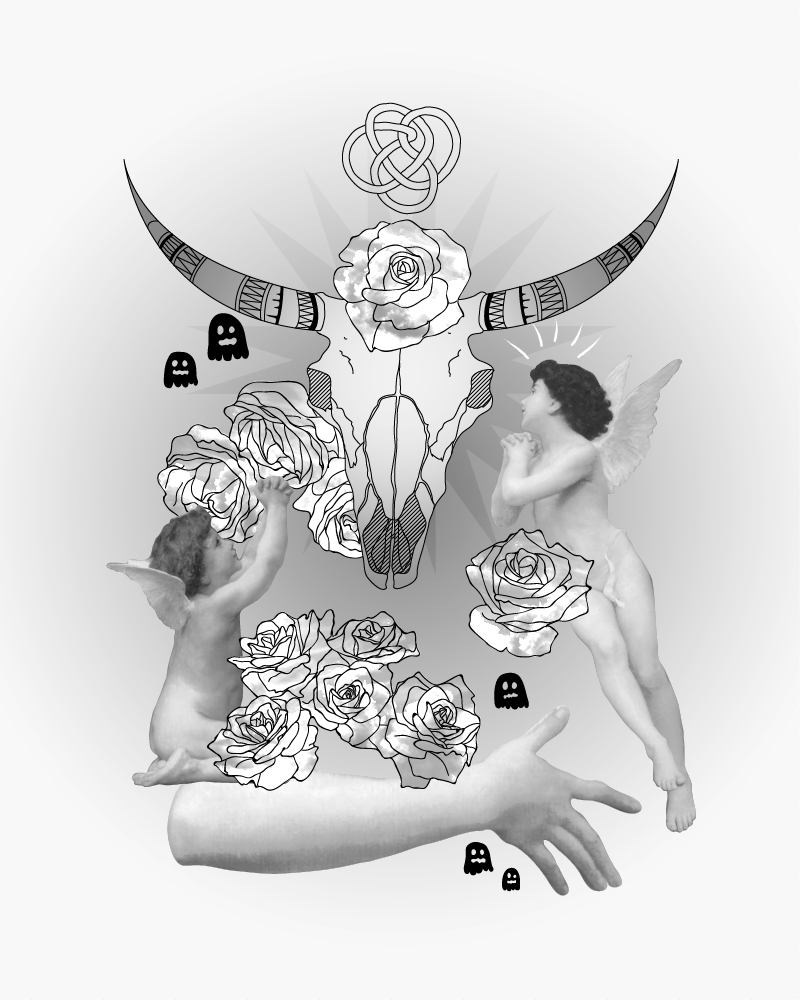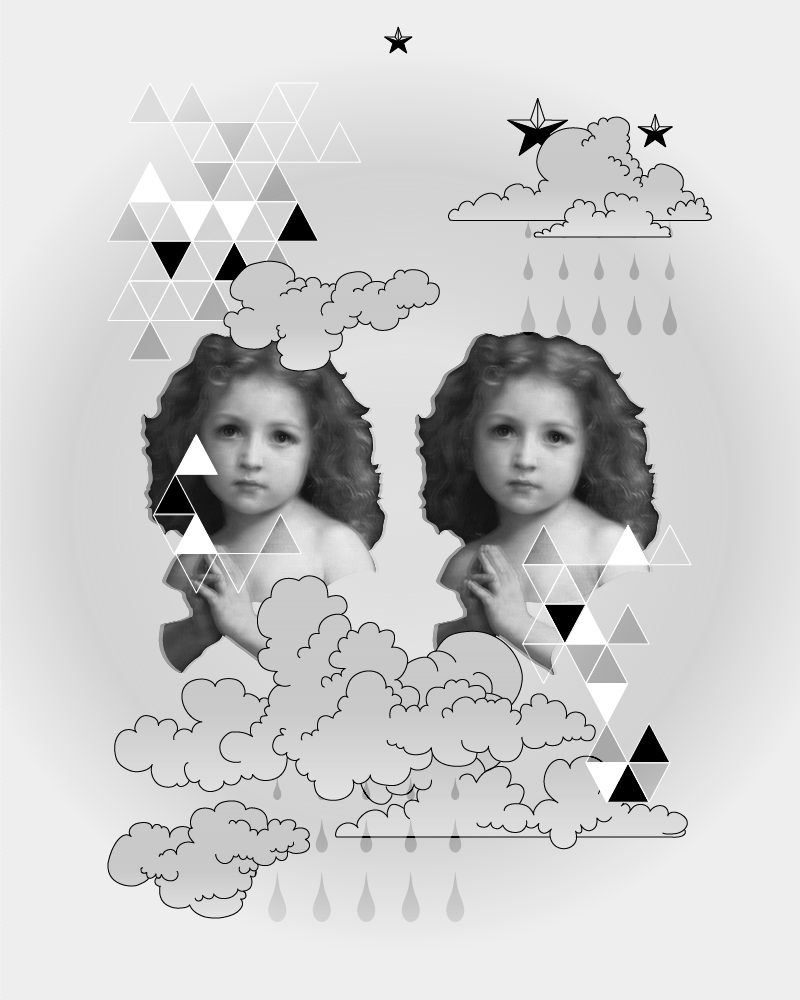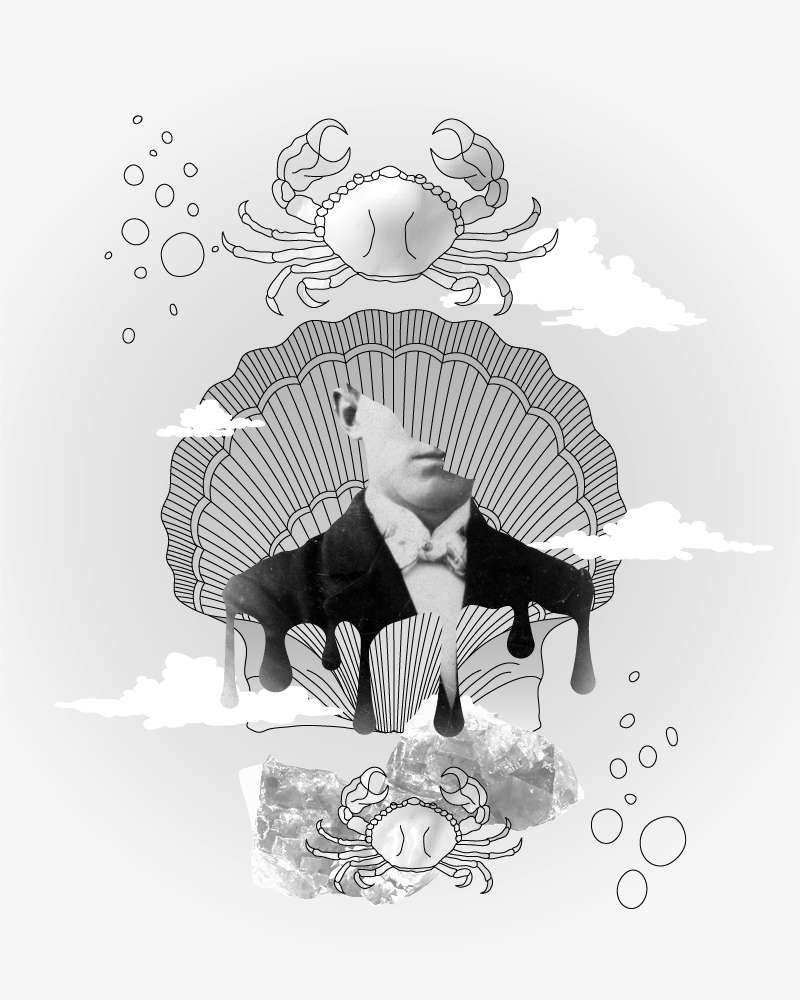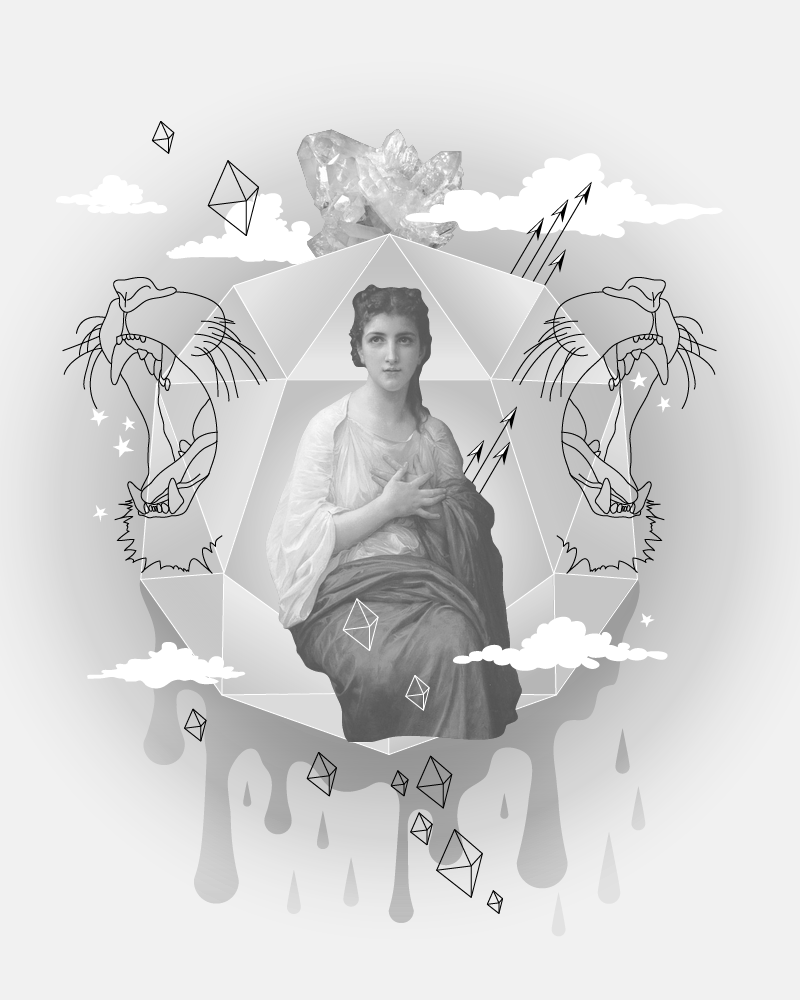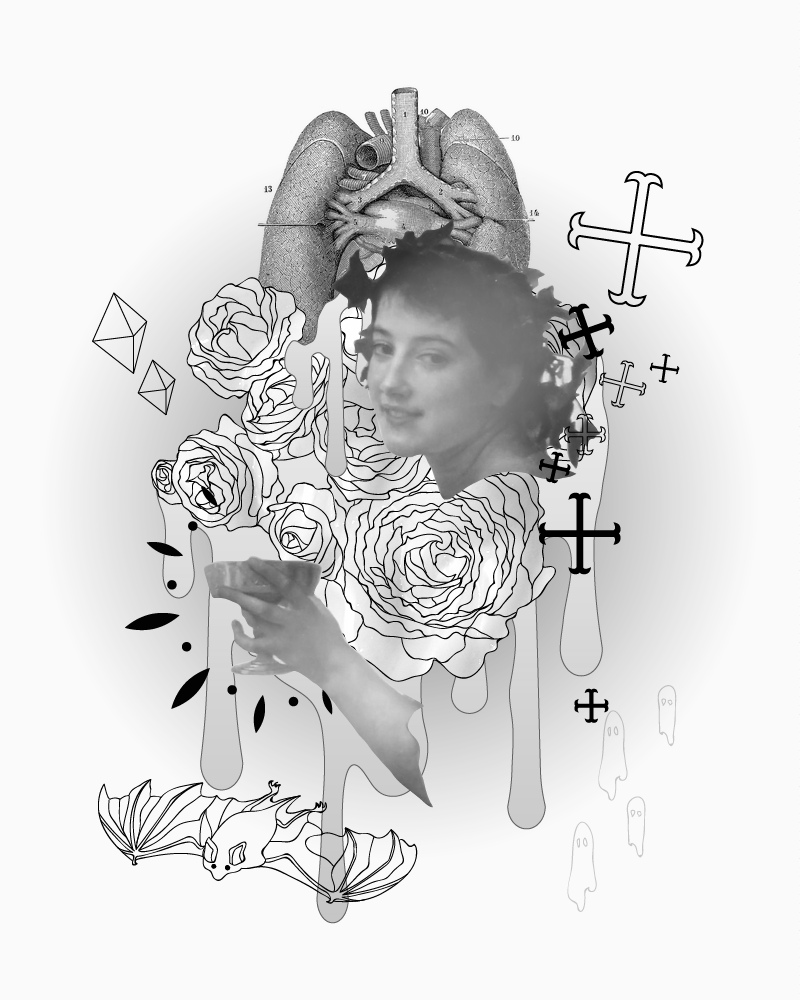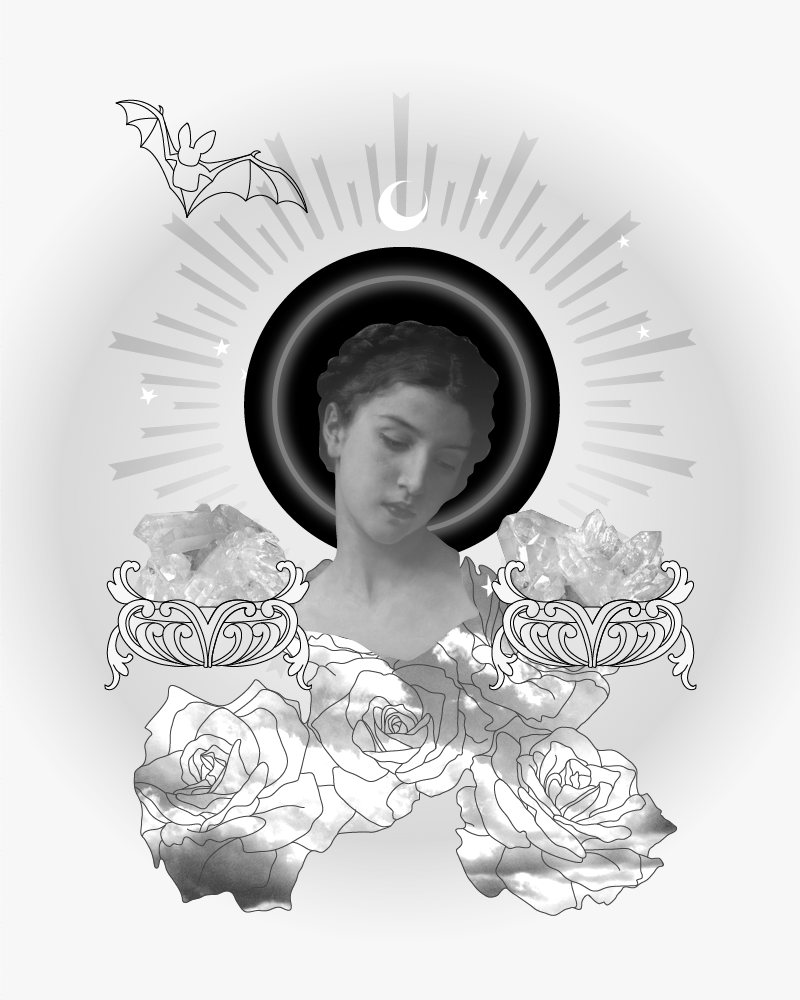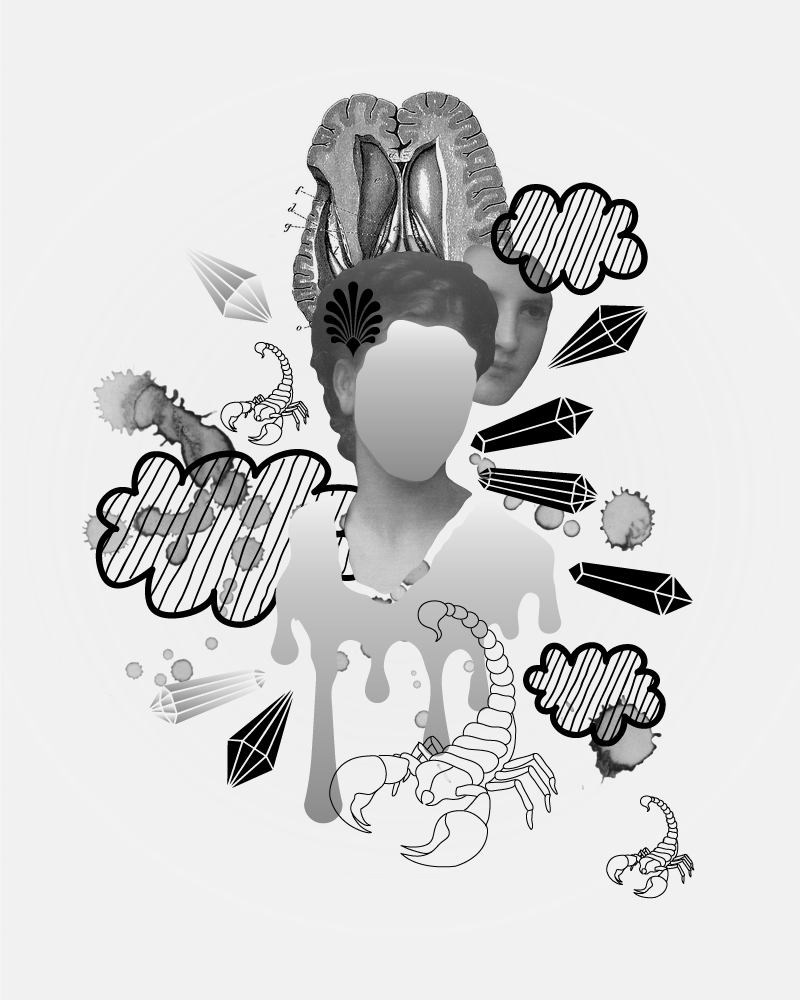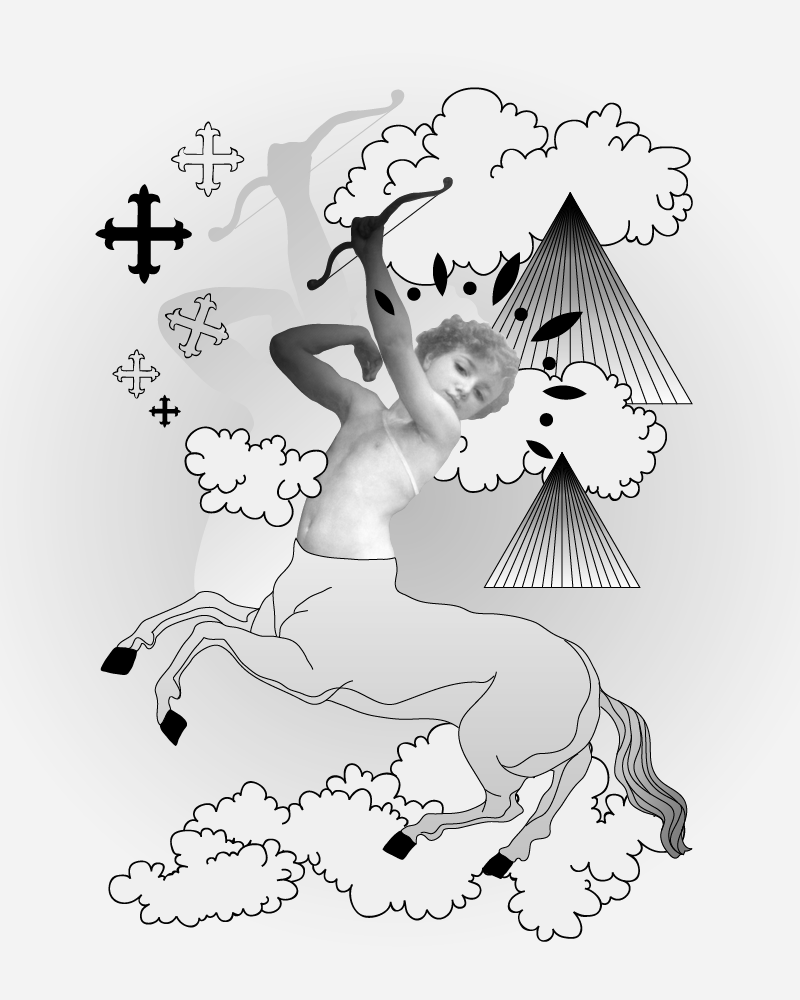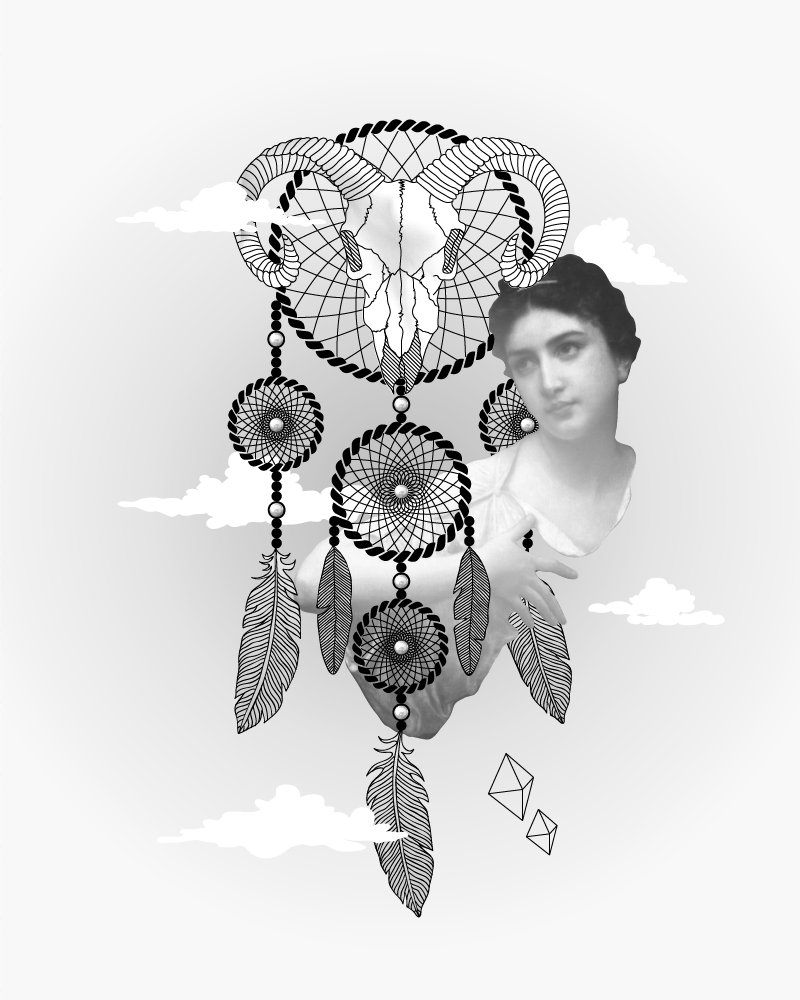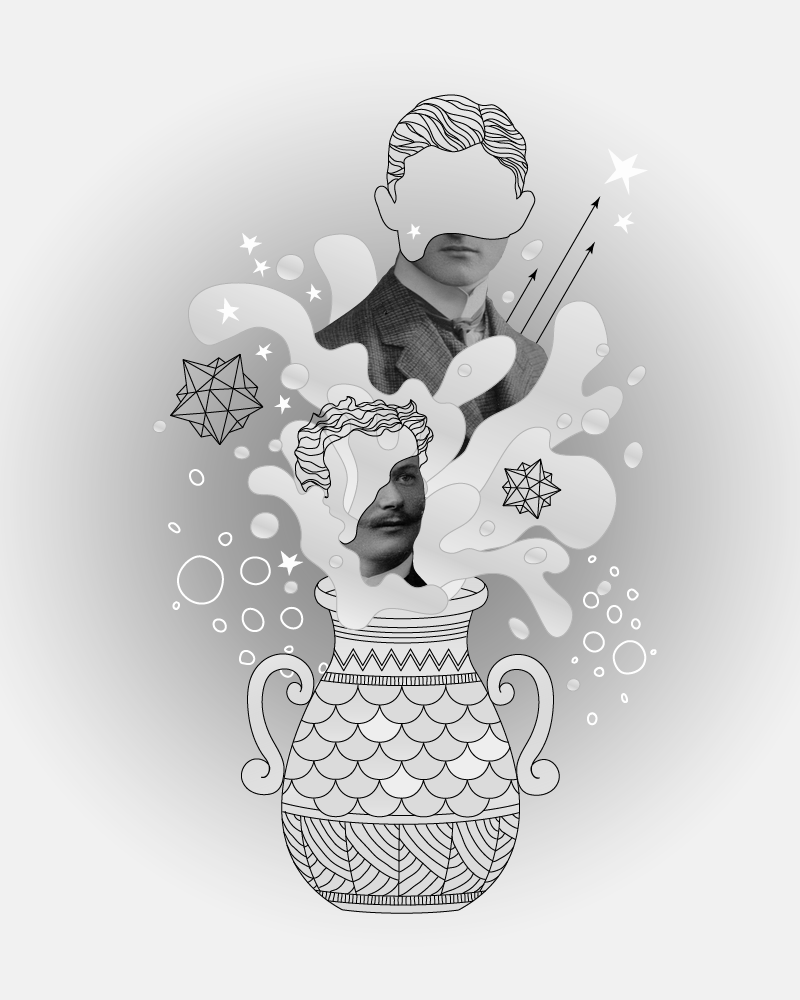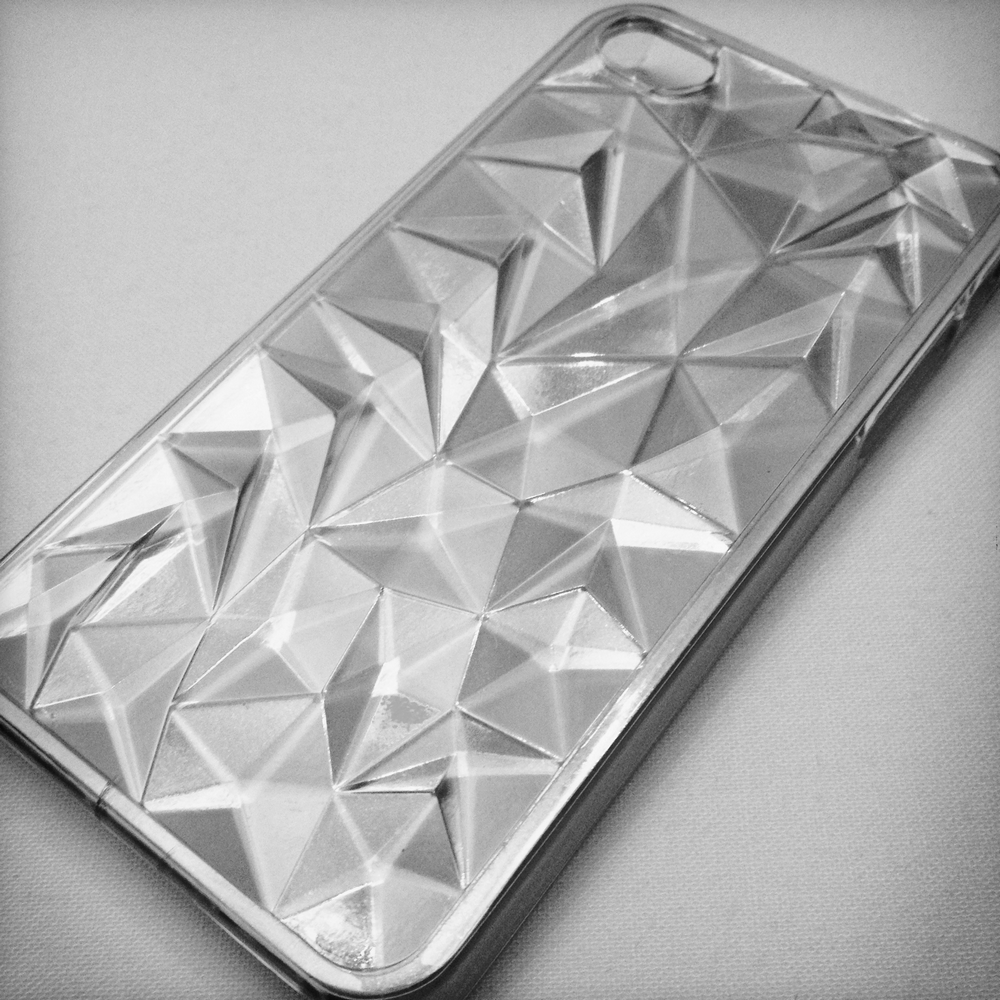<Tarot (Graphic Design)>
Tarot (Graphic Design)
I The Magician
The Magician, The Magus, or The Juggler (I) is the first trump or Major Arcana card in most traditional Tarot decks. It is used in game playing as well as in divination. In divination it is considered by some to succeed The Fool card, often numbered 0.
II The High Priestess
The High Priestess (II) is the second trump or Major Arcana card in most traditional Tarot decks. This card is used in game playing as well as in divination. In the first tarot pack with inscriptions, the 18th-century woodcut Marseilles Tarot, this figure is crowned with the Papal tiara and labelled “La Papesse”, the Popess. For historians or heresiologists, such a figure suggests the supposed female equality practiced among the Cathar perfecti, who had been extirpated from Northern Italy and Southern France shortly before the Tarot first appeared at these locales. Some say that it referred to the legend of Pope Joan.
III The Empress
The Empress (III) is the third trump or Major Arcana card in traditional Tarot decks. It is used in Tarot card games as well as divination. The Empress seems to have had a rather uneventful five centuries. Waite and the other occultists are responsible for the starry crown, the emblem of Venus, the waterfall, and the vegetation and wildlife. In historical decks, the Empress sits on a throne, almost always holding a shield or orb in one hand and a scepter in the other. The shield typically bears an eagle, the heraldic emblem of the Holy Roman Empire. The Empress Adelaide, beatified by the Catholic Church, seems a likely historical person this card may allude to.
IV The Emperor
The Emperor (IV) is the fourth trump or Major Arcana card in traditional Tarot decks. It is used in game playing as well as in divination. The essential features of the design for The Emperor card have changed very little through the centuries. The Emperor sometimes got caught up in the censorship placed on the Papess (The High Priestess) and the Pope (The Hierophant), as when the Bolognese card makers replaced the Papess (High Priestess), Pope (Hierophant), Empress, and Emperor with four Moors or Turks. In the Minchiate, the first of the two Emperors are assigned number III because of the removal of the Papess (High Priestess) from the deck.
V The Hierophant
The Hierophant (V), in some decks named The Pope, is the fifth trump or Major Arcana card in most traditional Tarot decks. It is used in game playing as well as in divination.
VI The Lovers
The Lovers (VI) is the sixth trump or Major Arcana card in most traditional Tarot decks. It is used in game playing as well as in divination. In some traditions, the Lovers represent relationships and choices. Its appearance in a spread indicates some decision about an existing relationship, a temptation of the heart, or a choice of potential partners. Often an aspect of the Querent’s life will have to be sacrificed; a bachelor(ette)’s lifestyle may be sacrificed and a relationship gained (or vice versa), or one potential partner may be chosen while another is turned down. Whatever the choice, it should not be made lightly, as the ramifications will be lasting.
VII The Chariot
The Chariot (VII) is the seventh trump or Major Arcana card in most traditional Tarot decks. It is used in game playing as well as in divination. A. E. Waite was a key figure in the development of modern Tarot interpretations. However not all interpretations follow his theology. All Tarot decks used for divination are interpreted through personal experience and standards.
XIII Justice
Justice is a Major Arcana Tarot card, numbered either VIII or XI, depending on the deck. This card is used in game playing as well as in divination. The Justice card, as a member of the Tarot deck, appears in early Tarot, such as the Tarot de Marseilles. It is part of the Tarot’s major arcana, and usually follows the Chariot, as card VIII, although various decks vary from this pattern. Justice (virtue), accompanies two of the other cardinal virtues in the Major Arcana: temperance and strength. A. E. Waite was a key figure in the development of the most famous of modern Tarot interpretations. His version of the Justice card contains, as his cards usually do, references to classical Mythology. In his deck, the card is 11 (switched with the Strength (Tarot card)).
IX The Hermit
The Hermit (IX) is the ninth trump or Major Arcana card in most traditional Tarot decks. It is used in game playing as well as in divination. The Hermit has internalized the lessons of life to the point that he is the lesson. The Hermit, as a kind of shamanistic hero, has made the complete journey – both the withdrawal and the return. As Joseph Campbell said, “A hero ventures forth from the world of common day into a region of supernatural wonder: fabulous forces are there encountered and a decisive victory is won: the hero comes back from this mysterious adventure with the power to bestow boons on his fellow man.” (The Hero with a Thousand Faces)
X Wheel Of Fortune
Wheel of Fortune (X) is the tenth trump or Major Arcana card in most Tarot decks. It is used in game playing as well as in divination. The Wheel Of Fortune card, like other cards of the Major Arcana, varies widely in depiction between Tarot decks. Basically, this card has been modeled ever since the tarot’s inception in the 15th century after the medieval concept of Rota Fortunae, the wheel of the goddess Fortuna. Images generally show a six- or eight-spoked wheel, often attended or crested by an individual (sometimes human; sometimes a Sphinx-like half-human) attired in an Egyptian-style headdress. In some decks, such as the AG Müller, the wheel is also attended by an individual wearing a blindfold; and often there are people sitting or riding on the wheel whilst others are shown falling from it.
VI Strength
Strength is a Major Arcana Tarot card, and is numbered either XI or VIII, depending on the deck. Historically it was called Fortitude, and in the Thoth Tarot deck it is called Lust. This card is used in game playing as well as in divination.
XII The Hanged Man
The Hanged Man (XII) is the twelfth trump or Major Arcana card in most traditional Tarot decks. It is used in game playing as well as in divination.
XIII Death
Death (XIII) is the 13th trump or Major Arcana card in most traditional Tarot decks. It is used in Tarot card games as well as in divination. The card typically depicts the Grim Reaper, and when used for divination is often interpreted as signifying major changes in a person’s life.
XIV Temperance
Temperance (XIV) is the fourteenth trump or Major Arcana card in most traditional Tarot decks. It is used in game playing as well as in divination.
XV The Devil
The Devil (XV) is the fifteenth trump or Major Arcana card in most traditional Tarot decks. It is used in game playing as well as in divination.
XVI The Tower
The Tower (XVI) (most common modern name) is the 16th trump or Major Arcana card in most cartomancy Tarot decks. It is not used as part of any game. A variety of explanations for the images on the card have been attempted. For example, it may be a reference to the biblical story of the Tower of Babel, where God destroys a tower built by mankind to reach Heaven. Alternatively, the Harrowing of Hell was a frequent subject in late medieval liturgical drama, and Hell could be depicted as a great gate knocked asunder by Jesus Christ, with accompanying pyrotechnics. The Minchiate version of the deck may represent Adam and Eve’s expulsion from the Garden of Eden.
XVII The Star
The Star (XVII) is the seventeenth trump or Major Arcana card in most traditional Tarot decks. It is used in game playing as well as in divination. A naked woman kneels by the water; one foot is in the water, one foot is on the land. Above her head a star shines out. In each hand she holds a jug. From one jug she pours a liquid into the water. From the other jug she pours a liquid onto the land. In other, older decks, a woman (or sometimes even a man) is simply looking and sometimes gesturing at a large star in the sky.
XVIII The Moon
The Moon (XVIII) is the eighteenth trump or Major Arcana card in most traditional Tarot decks. It is used in game playing as well as in divination. According to Waite’s The Pictorial Key to the Tarot, the card represents life of the imagination apart from life of the spirit. The dog and wolf are the fears of the natural mind in the presence of that place of exit, when there is only reflected light to guide it. This reference is a key to another form of symbolism. The intellectual light is a mere reflection and beyond it is the unknown mystery which it cannot reveal. It illuminates our animal nature, types of which are represented below—the dog, the wolf, and that which comes up out of the deeps, the nameless and hideous tendency which is lower even than the savage beast. It strives to attain manifestation, symbolized by crawling from the abyss of water to the land, but as a rule it sinks back whence it came. The face of the mind directs a calm gaze upon the unrest below, and the dew of thought falls. The message is: “Peace, be still,” and it may be that there shall come a calm upon the animal nature, while the abyss beneath shall cease from giving up form.
XIX The Sun
The Sun (XIX) is a trump card in the tarot deck. Tarot trumps are often called Major Arcana by tarot card readers. A. E. Waite suggested that this card is associated with attained knowledge. An infant rides a white horse under the anthropomorphized sun, with sunflowers in the background. The child of life holds a red flag, representing the blood of renewal while a smiling sun shines down on him, representing accomplishment. The conscious mind prevails over the fears and illusions of the unconscious. Innocence is renewed through discovery, bringing hope for the future.
XX Judgement
Judgement (XX), or in some decks spelled Judgment, is a Tarot card, part of the Major Arcana suit usually comprising 22 cards. Very clearly, it is modeled after the Christian Resurrection before the Last Judgment. An angel, possibly Gabriel, is depicted blowing a great trumpet, from which hangs a white flag bearing a red cross, most likely the St George’s Cross. A group of humans (man, woman, and child) of grayish complexion stand, arms spread, looking up at the angel in awe. The people are apparently emerging from crypts or graves. There are huge mountains or tidal waves in the background, which almost seem like glaciers as they are so white and blue. These may be a reference to the sea giving up its dead on the day of judgment, as described in the Book of Revelation.
XXI The World
The World (XXI) is a trump or Major Arcana card in the tarot deck. It is usually the final card of the Major Arcana or tarot trump sequence. In the tarot family of card games, this card is usually worth five points. A naked woman hovers or dances above the Earth holding a staff in each hand, surrounded by a green wreath, being watched by various creatures. In older decks, these are usually a human face or head, a lion, an ox, and an eagle, the symbols of the four Evangelists, Matthew, Mark, Luke, and John. Or astrologically speaking, the human head represent Aquarius, the lion represents Leo, the ox represents Taurus and the eagle Scorpio. (these four signs are the fixed signs in terms of astrology – which can allude to the four corners of the earth, the four element, etc) It also holds reference to the vision of Ezekiel of the “throne” or “chariot” of God in the Old Testament. The four figures in the corners of the card are also referenced in the Book of Revelation, 4:7, where the throne of God is described: “And the first beast was like a lion, and the second beast like a calf, and the third beast had a face as a man, and the fourth beast was like a flying eagle.”
XXI The Fool
The Fool or The Jester is one of the 78 cards in a Tarot deck; one of the 22 Trump cards that make up the Major Arcana. The Fool is unnumbered; sometime represented as 0 (the first) or XXII (the last) Major Arcana in decks. It is used in divination as well as in game playing.
</Tarot (Graphic Design)>
